Half a decade later, we look back at the most catastrophic smartphone launch in history.
In the early 2020s, big-screened smartphones are a dime a dozen. But it wasn't always that way. The Samsung Galaxy Note started out in 2011 as an oddity, loved by a small hardcore fanbase but derided in other quarters for being comically oversized, looking like a slice of toast, requiring cargo pants to haul around, and having a goofy built-in stylus.
Within a few years, the Note had become a tentpole of Samsung's smartphone range, arriving each year around six months after the Galaxy S. The Note was not just the largest mainstream phone you'd see on store shelves in most Western countries, but also one of the best Android phones in any given year, as Samsung packed in hardware upgrades to justify ever-climbing price tags. The fanbase continued to grow, with the Note faithful often claiming that the only phone that could truly replace a Note was another Note.
The Note 7 saga started out like any other flagship phone launch.
In the summer of 2016, there was as much anticipation as ever around the launch of the latest model in the series. The Galaxy Note 7 would succeed the previous year's Note 5, as Samsung looked to align its branding with the Galaxy S7 and position the Note directly against Apple's rival iPhone 7 Plus. In Europe in particular, where Samsung hadn't launched a Note since 2014, there was pent-up demand for a new stylus-toting handset. A launch event was scheduled for August 2, with sales beginning before the end of that month, giving Samsung a crucial few weeks of lead time over Apple.
Reviews rolled out in the usual fashion, predictably praising what was, at the time, Samsung's most premium smartphone. In his review for Android Central, Andrew Martonik said:
The Galaxy Note 7 has immaculately designed and crafted hardware, an industry-topping display, top-end internal specs to satiate all but the most avid enthusiasts, and it's all wrapped up in a water-tight enclosure. Even with all of that, Samsung still absolutely nails the biggest parts of the daily use experience — the software is quick, smooth, and powerful, the camera is lightning fast and produces great photos, the battery offers ample longevity, and the S Pen is still the best smartphone stylus experience available today.
In a year when Apple seemed to be coasting, with a largely samey design expected for the iPhone 7 series, this was a very good showing for Samsung. With its curved screen and whizbang features like iris recognition for biometric security, the Note seemed like the more innovative phone.
But within days of reviews dropping and pre-orders going live, it started to become clear that all was not well.
The earliest reports of Note 7-related troubles came as phones started to reach the hands of pre-order customers in South Korea and the U.S. And the last week of August saw another handful of incidents in both countries — new Note phones spontaneously combusting during or shortly after charging, with telltale scorch marks around the battery.
The lithium-ion batteries that power most smartphones are generally very safe to use but can be dangerous if they're discharged in an uncontrolled way. The worst-case scenario, as seemed to be happening in the Note 7, is a thermal runaway, leading to the battery bursting into flames or exploding.
Grisly images of incinerated Note 7s started to spread on social media — not a good look for any product, let alone an expensive new flagship phone from one of the world's largest electronics firms.
Mainstream media was soon plastered with images of frazzled Note 7s.
A YouTube video from Note 7 owner Ariel Gonzalez gave us some of the earliest footage of the aftermath of an exploded Note — showing, in addition to the direct damage to the device itself, a thoroughly eviscerated protective case. Similar videos emerged showing Notes catching fire and spewing black smoke in what seems to be a restaurant setting in Korea.
By this point, mainstream media attention was growing, and on August 31, Samsung confirmed to the press that it was pausing the launch to investigate any potential incendiary issues. The scramble to delay shipments of Notes for additional QA testing halted the imminent European Note 7 launch. Supplies of the phone to Korean carriers slowed, and rumors swirled of an imminent withdrawal from sale.
Then just two days later, following more reported cases of battery fires, Samsung announced a voluntary recall of almost all Note 7 devices that had been sold up to that point. There had been only 35 reported incidents worldwide at the start of September. Nevertheless, the pattern was clear, and Samsung said its investigation had revealed a small defect that could cause the battery to overheat.
"There was a tiny problem in the manufacturing process, so it was very difficult to figure out," Samsung mobile chief DJ Koh told reporters. "It will cost us so much it makes my heart ache. Nevertheless, the reason we made this decision is because what is most important is customer safety."
Replacement units were hurriedly produced, as Samsung hoped to resume sales and exchange first-run Note 7s with safe replacement units within a couple of weeks.
New, 'safe' Galaxy Note 7s were distinguished by their green battery icon.
A fortnight later, the U.S. Consumer Product Safety Commission (CPSC) made it official, as incident numbers in America reached 92. As a result, the original Note 7 was now officially recalled, with full U.S. government oversight.
In the time between the Samsung voluntary recall and the CPSC official recall, news reports of Note 7 battery fires continued. One widely reported incident involved St. Petersburg, Florida resident and longtime Note user Nathan Dornacher, whose four-day-old phone caught fire while charging in his Jeep Grand Cherokee, totaling the vehicle.
Another Florida man later sued Samsung after his Note 7 exploded in his pocket, causing "severe burns," according to ABC News.
By law, the official American recall meant the phone could no longer be used in certain locations in the U.S., including airplanes. Many airlines had already taken action to ban the Note 7 from flights or require passengers to power down the phone while airborne, and Note 7 safety warnings were a common feature of flights operating in late 2016 and early 2017.
One market not affected by the recall — at least not initially — was mainland China. Samsung believed that the defect only affected one battery supplier, and phones destined for China had cells manufactured by a different company. That led to considerable blowback for Samsung when Chinese Note 7s also seemed to start catching fire. At least two incidents were confirmed, according to a report from the BBC, though Samsung was only able to reclaim one of the handsets.
By early September, the Note 7 debacle was a huge international news story.
With the Note 7 debacle having grown into a huge international news story, a media circus was drummed up around the device, and suddenly any reports of phones overheating or catching fire were assumed to be related to the Note 7 situation. A child injured in New York by a phone battery fire was incorrectly reported to have been using a Note 7. (The phone in question was later discovered to be a Galaxy Core.) And a Note 2 bursting into flames on an Indian airplane was lumped into the Note 7 story arc as well, despite the phone in question likely having used a third-party replaceable battery.
Around the same time the first-gen Galaxy Note 7s were being officially recalled, new model Note 7s went on sale. These updated, supposedly non-explosive Notes would display a green battery icon to distinguish them from the more volatile variant. (Google gave Samsung special dispensation to override the Android design guidelines, which normally require white status bar icons.) Meanwhile, starting in South Korea, Samsung began rolling out software updates to cap old Note 7s battery charge at 60% to reduce the risk of explosion. The company would eventually update the firmware on remaining U.S. Note 7 units with successively lower battery limits, down to 30%, and permanent notification warnings asking owners to return their phones.
Getting those recalled Note 7s back to Samsung's facilities also represented a huge logistical challenge. The phone was banned from airplanes, after all. The solution? Shipping the couple of million recalled devices back to the manufacturer by sea, in special fire-retardant boxes. YouTuber JerryRigEverything offered a look at the special packaging used to house Note 7 devices in transit in a video from early 2017.
For a time, all was well. Though huge damage had been done to the Note brand, and Samsung had been left with the considerable cost and upheaval of replacing a couple million phones, it seemed something of the Note 7 could still be salvaged.
That was until Brian Green, with his Note 7 in hand, boarded a Southwest Airlines flight from Louisville to Baltimore. Green's Note 7, later confirmed to be a replacement, green-battery-icon model supposedly without the battery defect, started emitting smoke during the boarding process. The device was eventually extinguished, but not before burning a small hole in the cabin carpet.
Then three days later, reports emerged of another Note 7 catching fire in the hands of a 13-year-old Minnesota girl. The next day, another report from Kentucky, another photo of a singed handset. Both were replacement Note 7s.
Samsung had failed to identify the problem. The Galaxy Note 7 was dead.
The writing was well and truly on the wall. Samsung had failed to identify the problem, and as a result, the Galaxy Note 7 was as good as dead.
Samsung now had to recall every single Galaxy Note 7 once again, the direct cost of which was a reported $5.3 billion. As a result, the Galaxy S7 edge inherited the Samsung flagship crown for the remainder of the year. The Note 7 became an easy punchline for comedians and late-night hosts at the time, as well as the subject of marketing and PR think pieces.
Predictable antics followed. In December, a Virgin America flight was diverted because someone started up a fake "Galaxy Note 7" Wifi hotspot on board. Within weeks the phone's likeness had been modded into Grand Theft Auto V as a replacement skin for the grenade weapon. In addition, an online subculture of Note 7 die-hards emerged, trading tips, tricks, and customized firmware to keep their devices running even after Samsung pushed out updates to cripple the phone's performance.
And many Android competitors pushed battery safety certifications as major features of future flagships, starting with the Huawei Mate 9 in late October 2016.
There was no end of speculation around what had caused the Galaxy Note 7 to crash and burn not once but twice. But we'd have to wait until early 2017 to learn what had actually happened. That January, Samsung held a press conference offering apologies for the Note 7 debacle, along with technical explanations for the failure of both Note 7 variants.
It turned out that the two different flavors of Note suffered from two different defects:
The batteries built by Samsung SDI, referred to as Battery A, had a defect in the top right of the lithium-ion grouping, and in some cells, caused fire through repeated charge and discharge. The batteries from Amperex, the Hong Kong-based facility that built the batteries for the second group of Note 7s, referred to as Battery B, had a defect in the top left portion of the cell that caused short circuits in a small number of units. In addition, Samsung says some of these batteries didn't have the necessary insulation to prevent overheating from spreading to the rest of the battery in a short circuit scenario.
Auditors also identified the Note 7 battery's aggressive energy density as a contributing factor. Or in other words, the battery was just too big for the size of the phone, exacerbating the issues identified in "battery A" and "battery B."
Samsung's solution was to test, test, test. Future Galaxy phones would go through the company's new 8-point battery safety checks. Images of vast testing banks were shown to the press, demonstrating the company's desire to prevent anything like this from ever happening again.
The legacy of the Galaxy Note 7 would continue to be felt in the years following the phone's ignominious discontinuation. But in the short term, Samsung's "apology" press conference appeared to do its job, helping to clear the air ahead of the upcoming Galaxy S8 launch.
The salvaged innards of all those recalled Note 7s were eventually repurposed as the Galaxy Note Fan Edition — or FE — in Asia in spring 2017. The FE was basically just a Note 7 with updated software and a smaller battery that didn't explode — for real, this time.
The Galaxy S8, and most Galaxies that followed for the next couple of years, played it considerably safer in terms of battery capacity and charging speeds. The two Galaxy S8 phones sported relatively conservative capacities of 3,000 and 3,500mAh, and the company didn't chase super-fast charging as many Chinese rivals did towards the end of the 2010s.
People kept making Note 7 jokes. But they also kept buying Samsung phones.
On the other hand, Samsung's efforts to apologize for and explain the defects in the Note 7 largely seemed to pay off. When the Galaxy S8 arrived, there were naturally headlines around the exploding phone that they were replacing — but among enthusiasts, in particular, the focus of discussions quickly changed to the merits of the new extra-tall displays and features like the Bixby digital assistant.
In April of that year, Samsung announced that sales of the S8 were its "best ever," shifting 30% more units than the previous model. That was surely helped by the existence of a proper plus-sized Galaxy S phone for the first time, along with pent-up demand due to the lack of a current Galaxy Note.
The Galaxy Note 8, Samsung's first dual-camera flagship, followed in August 2017 and was also hailed by execs as the series' "most successful" launch to date.
People might have still been making Galaxy Note 7 jokes. But they were also continuing to buy Samsung phones. Even after the most catastrophic smartphone launch in history, Samsung's brand, and that of the Galaxy Note, emerged largely untarnished. Thankfully, there had been no loss of life or serious injuries reported due to Note 7 battery fires. But considering the explosive nature of the fault with the phone, there very easily could have been. And if anything that serious had occurred, we'd be looking back at this saga very differently, reflecting on graver consequences for all concerned.
Five years on, the Samsung Galaxy Note series reaches its tenth anniversary without a current-generation handset on the market. The most recent model available is the Note 20 Ultra, released in summer 2020. The lack of a Note 21 in 2021 is, purportedly, the result of a different kind of calamity — the current global chip shortage in the wake of the Covid-19 pandemic. Nevertheless, Samsung has made it clear a Note 22 will indeed be launching in the coming year.
And if the story of the Note 7 is any indicator, it's clear the Galaxy Note as a brand knows how to make a comeback.

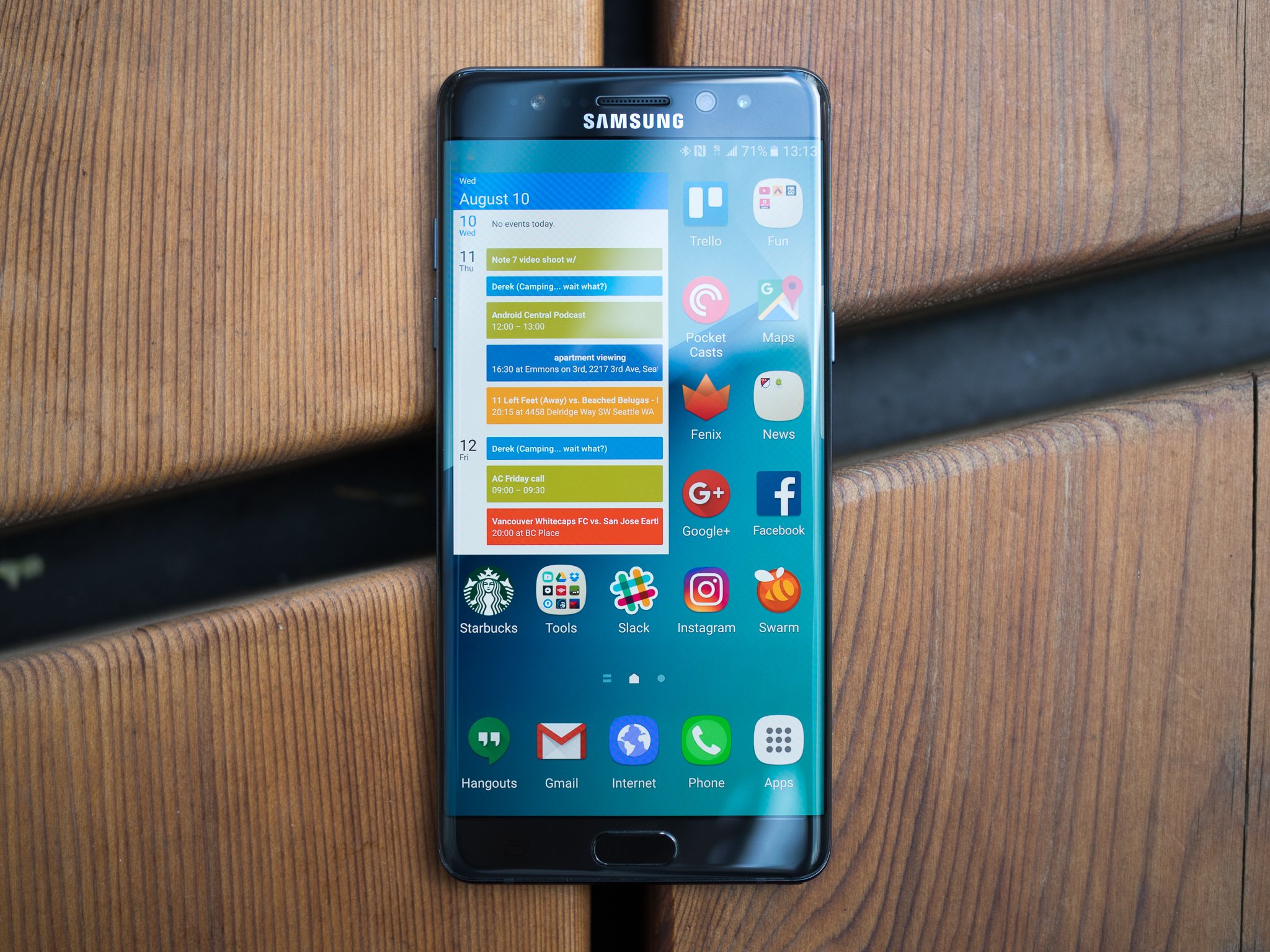
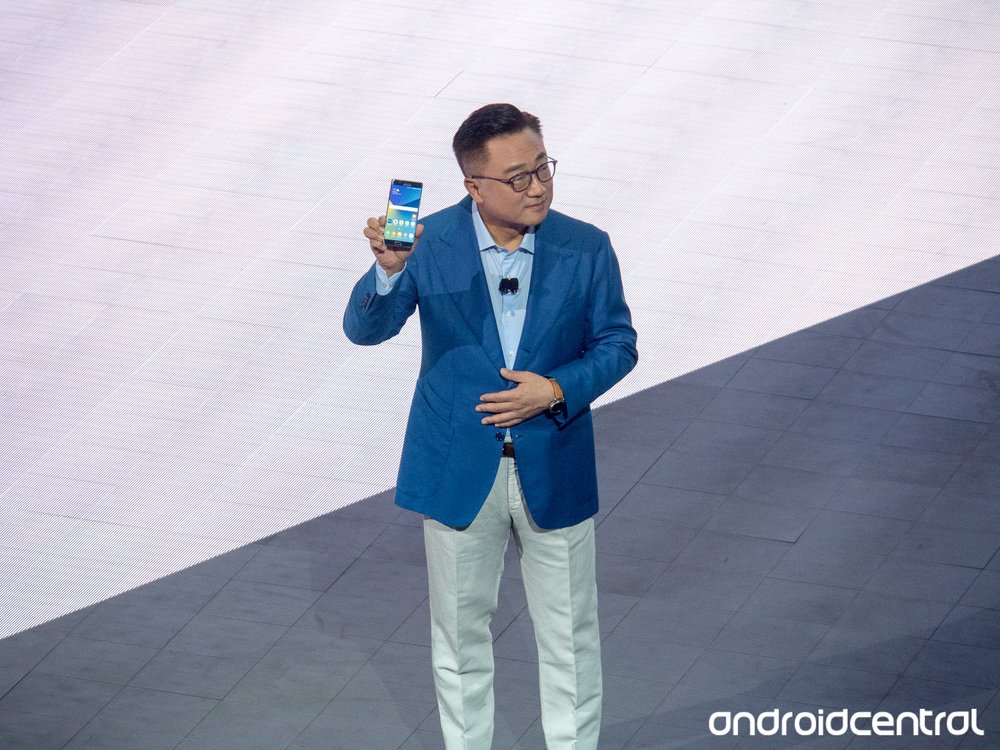
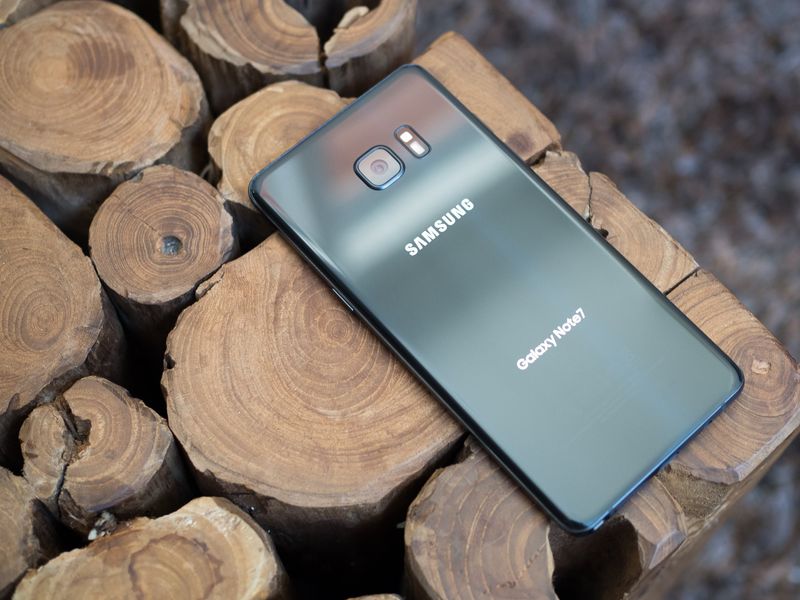
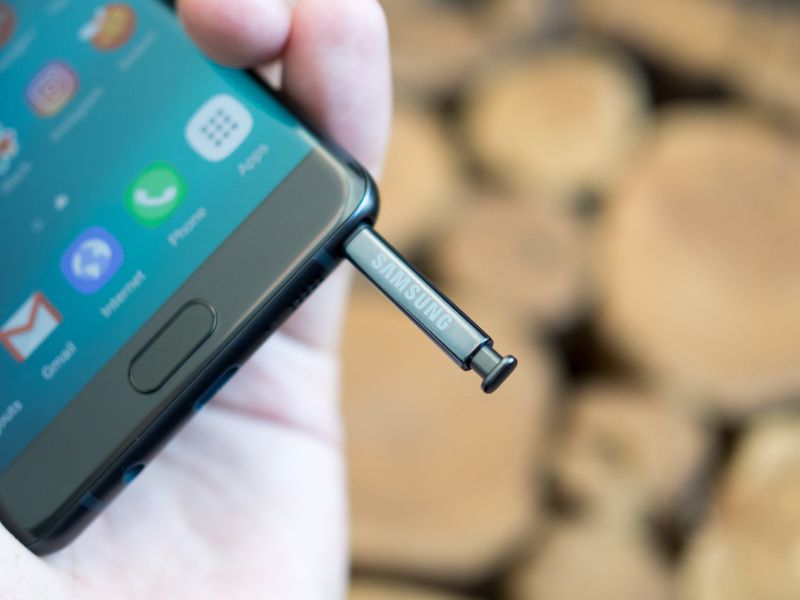
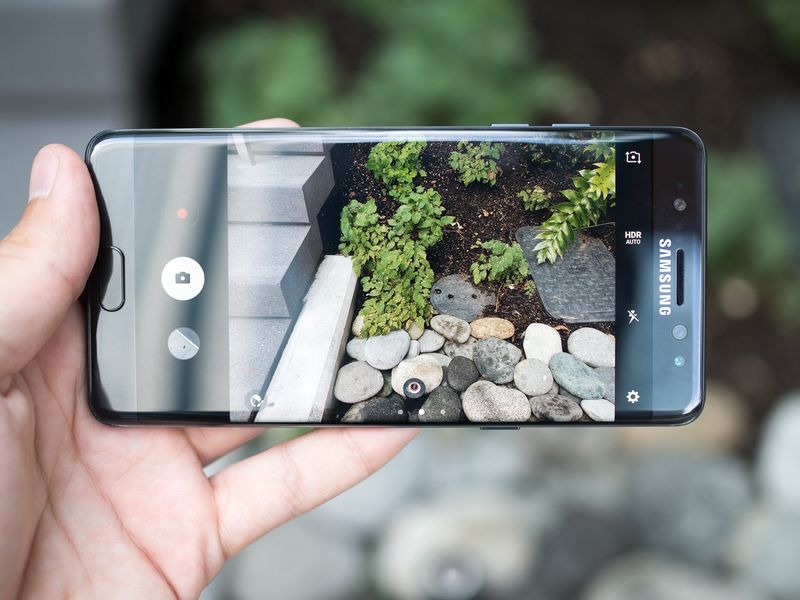
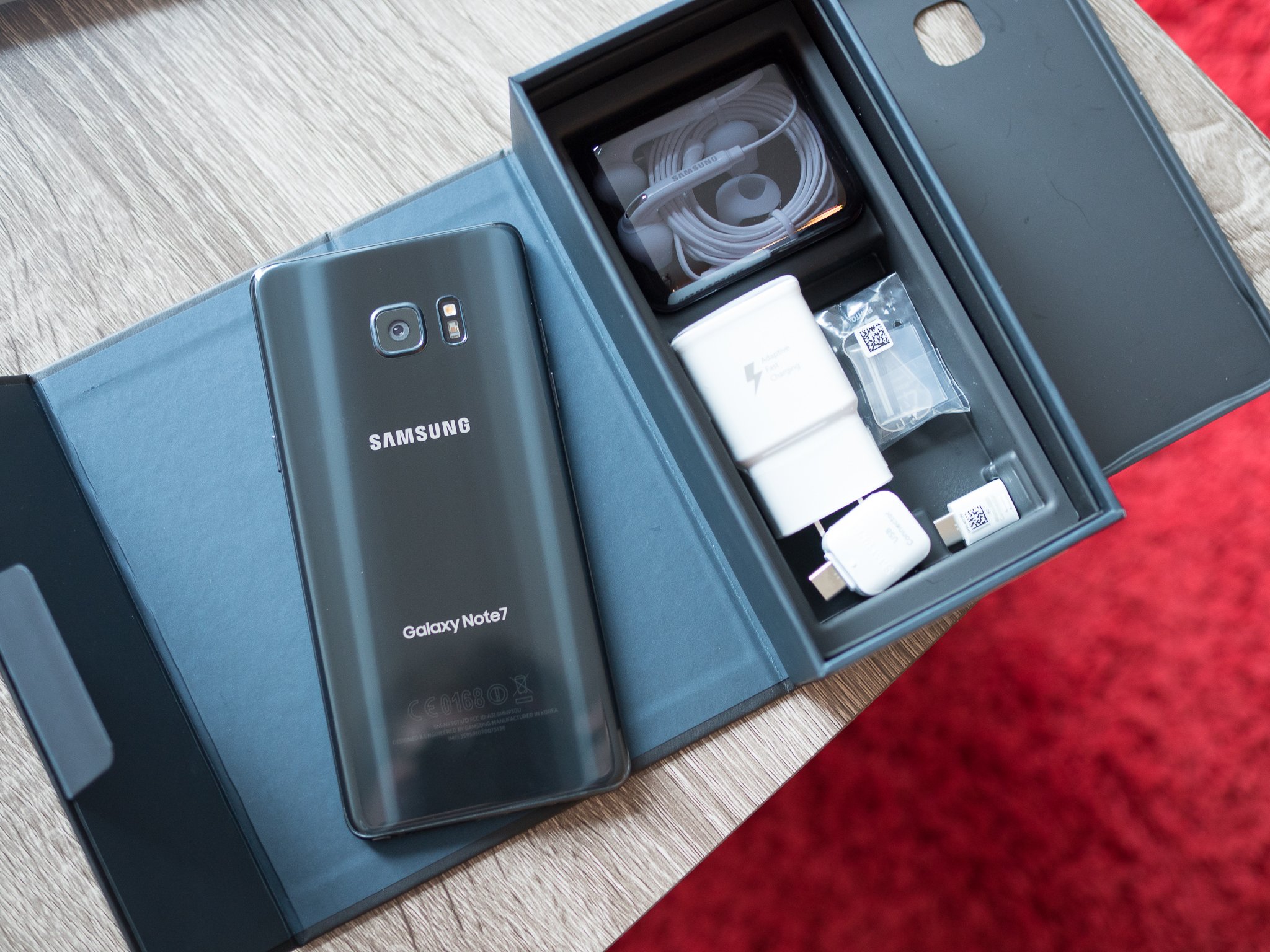
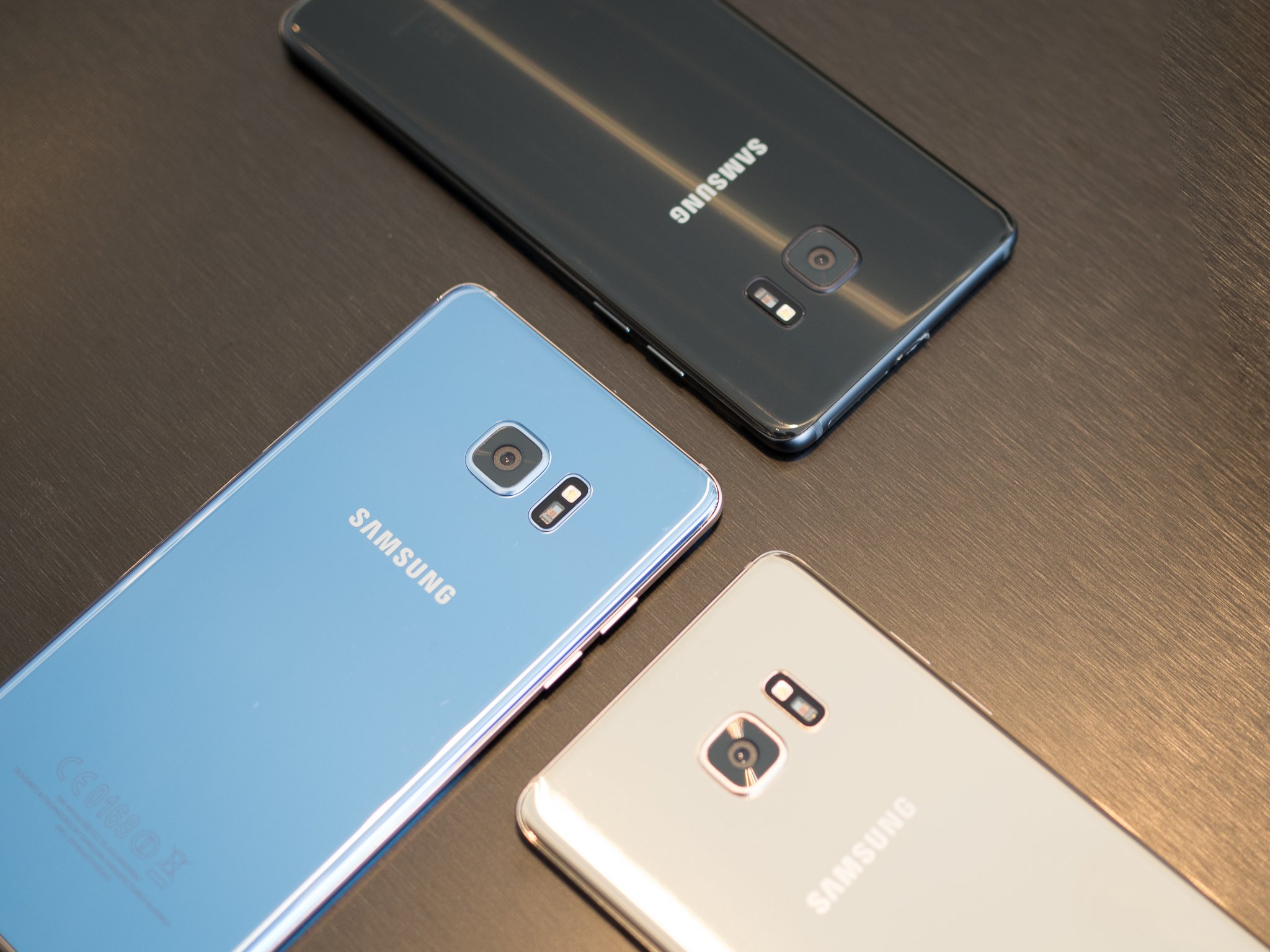
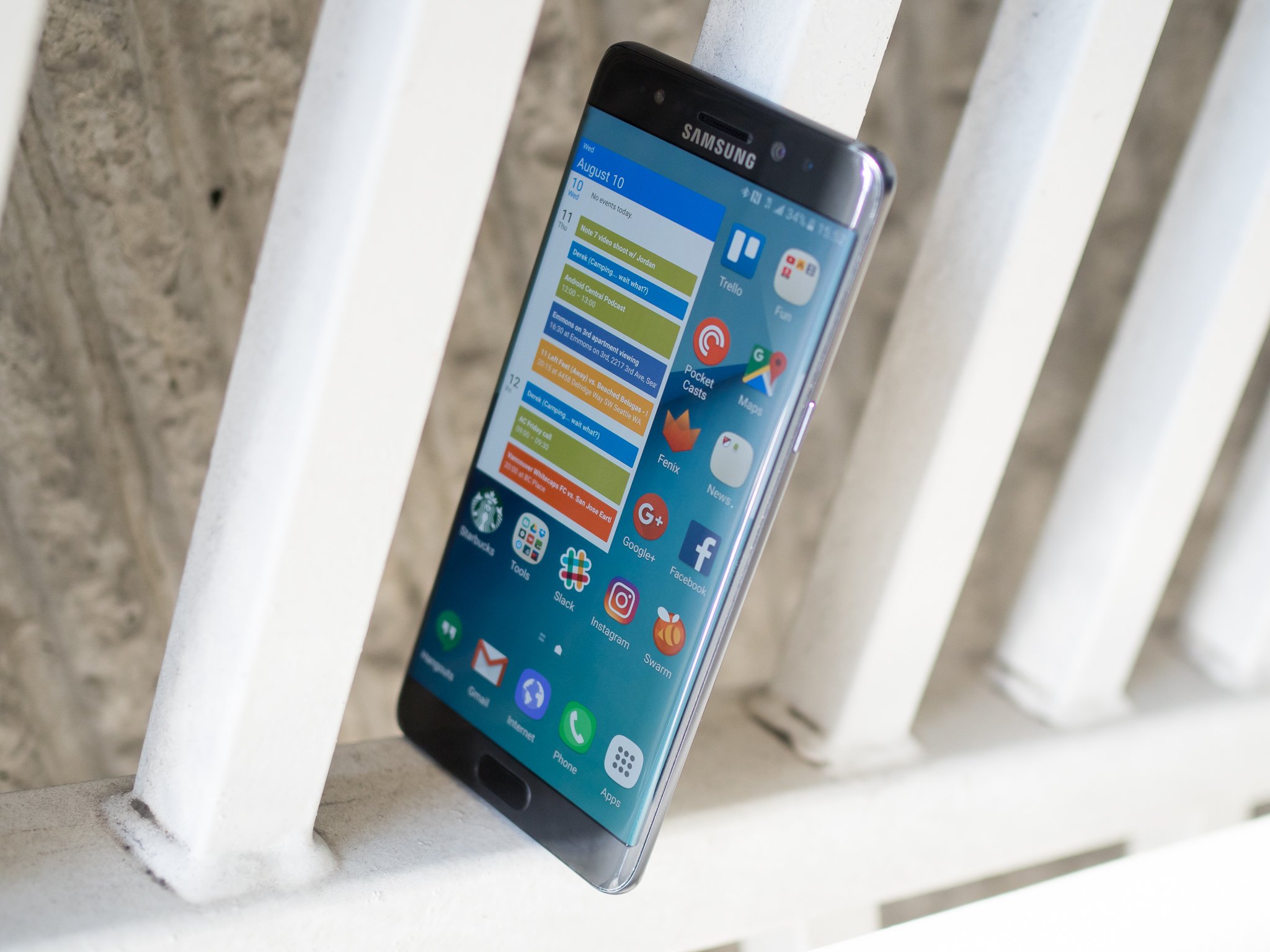
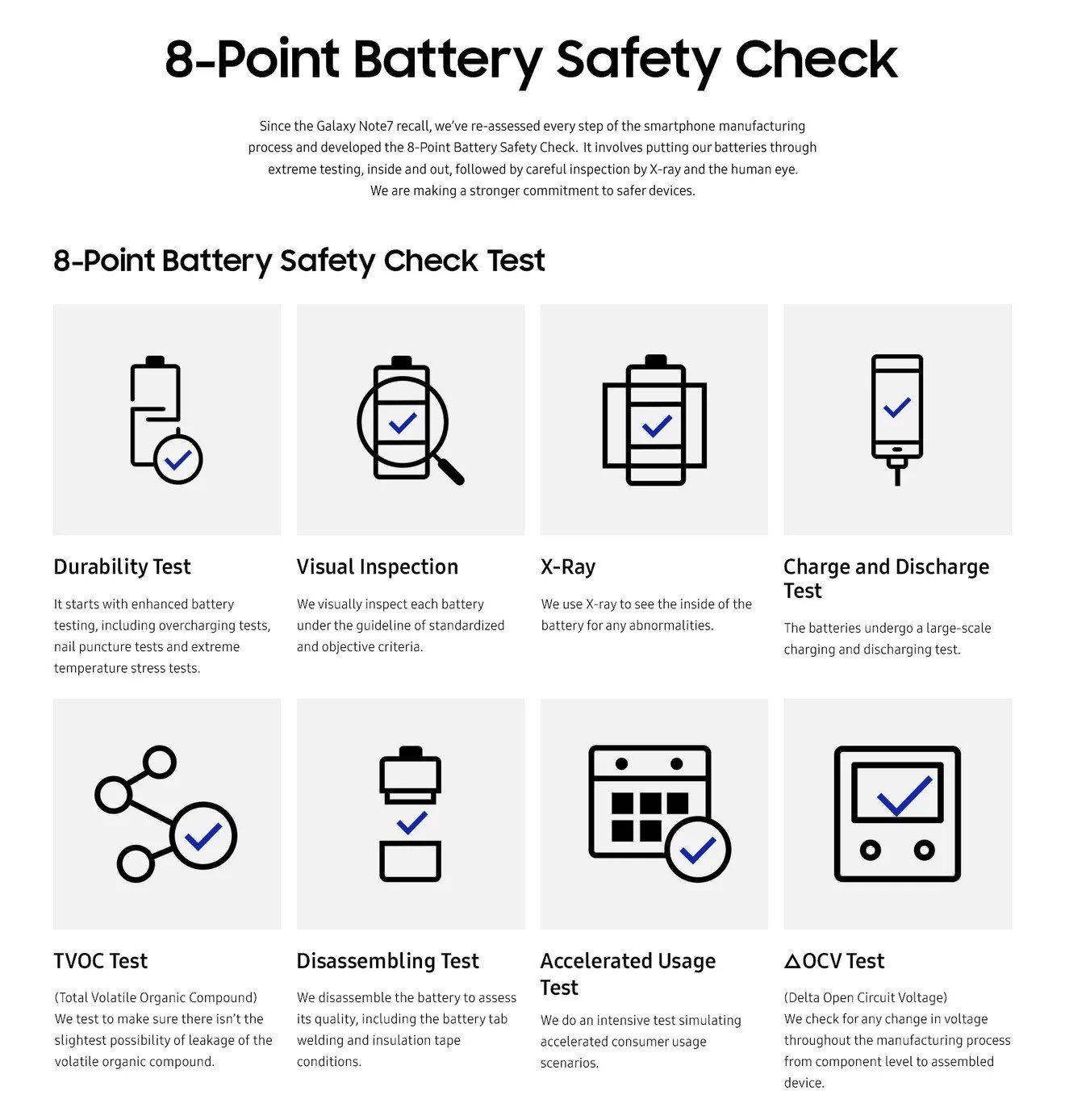
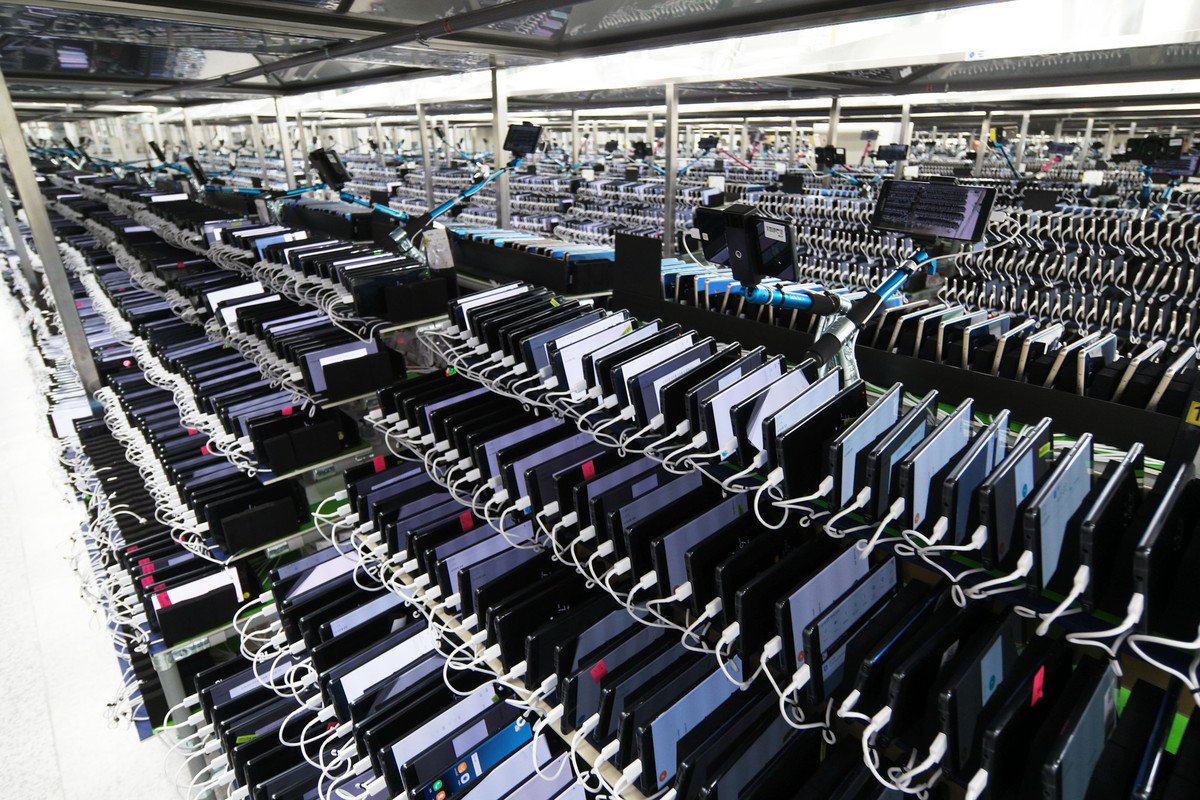
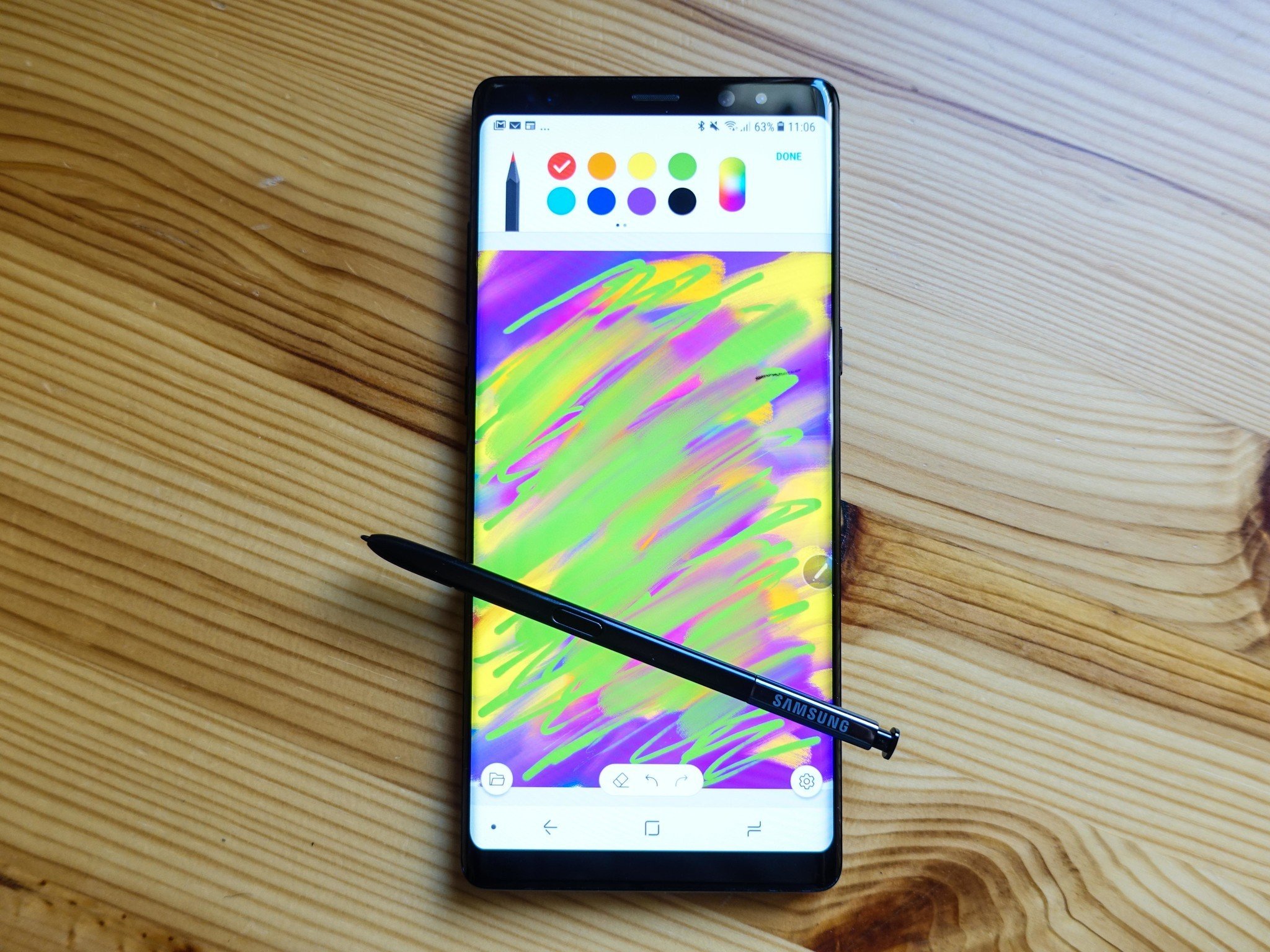
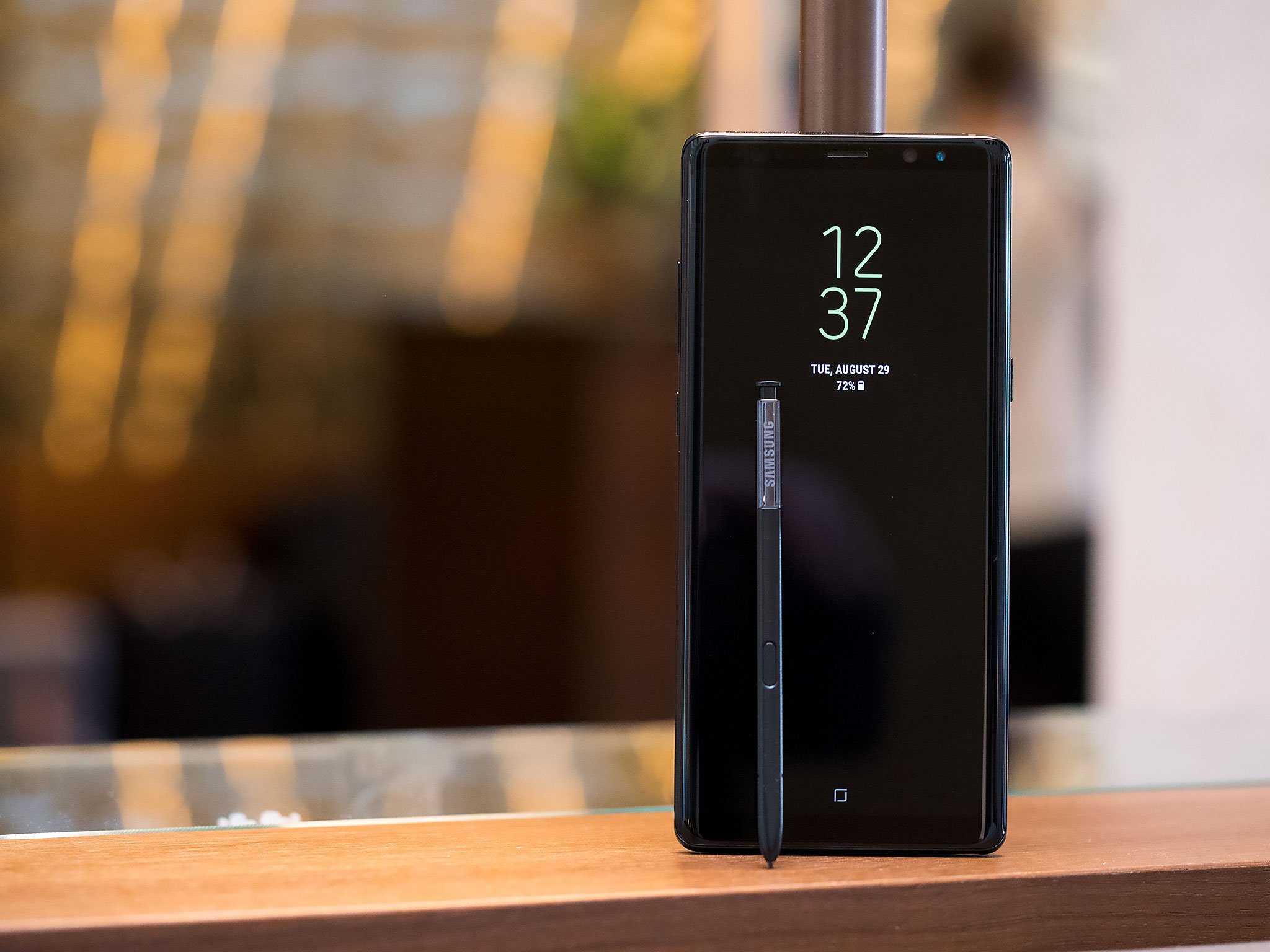
Post a Comment